Can Dogs Be Trained to Use Skype? Brazilian Animal Guru, Alexandre Rossi, Shows Us How
She’s a scruffy rescue who was returned twice for behavior problems. Today, Estopinha has 2 million Facebook fans and knows 40 Portuguese and 10 English commands on Skype. If you’re shaking your head in disbelief, keep reading. When I met brilliant Brazilian animal trainer & more, Alexandre Rossi, and saw the proof for myself, I was convinced. Can dogs be trained to use Skype? Yes! Meet Alexandre and his famous dogs, Estopinha and Sofia, who will show us how it’s done.
Sending a message about rescues…
Both of Alexandre’s dogs were rescued. Sofia was found in the street as a puppy, an escapee from an unsecured backyard. Alexandre spoke with the owner and then took her home. Adopting Estopinha was a bit more calculated. Sofia was already a famous dog in Brazil, with her ability to use a keyboard to tell Alex what she wanted. She had a platform to send a message to others. So, Alexandre decided to purposefully adopt a black, mixed breed, adult dog – all of which are harder to place in Brazil – and found Estopinha.
She had already been returned twice by previously adopters for “enjoying life too much,” as Alex described her. “She used to bark a lot, but she doesn’t anymore,” he explains. “She would destroy things and look for trouble. She has a lot of energy.”
Her name means a rag that you might use to clean your hands. It’s fibers aren’t uniform, giving it a scruffy look – kind of like Estopinha.
Through training, Estopinha has grown into a well-behaved, international star. Stick around to the end, and Alex will take us through, step-by-step, how he stopped her from her incessant barking.
With her 2 million Facebook fan platform, many others have been encouraged to adopt dogs that look like her. “There are so many dogs who look like Estopinha, so people will say maybe this one’s a cousin of Estopinha or a brother or sister of hers and they adopt them,” Alex shared.
Why Skype as a training tool?
I’ve heard of many different types of training methods, but using Skype was a first for me, so I had to know why and how. Here’s what I found out.
“I read article in BBC magazine on why dogs don’t understand what we say on Skype and I didn’t believe it,” Rossi explained. “This was about five years ago and I was studying for my Master’s Degree in human psychology. I went to one of my professors and showed him the article and he agreed that I could do my thesis on this – human/animal communication and a look at how language might develop. I used a 3D printer to create a rudimentary device that can give treats remotely. I put an answering machine through Skype and when I pressed the numbers 0 or 9, the device would deliver a treat. I started doing some tests, which turned out really well.”
Sofia ended up learning 50 commands in Portuguese on Skype, and started the sensation of Alexandre’s training feats. She was also taught to push keys on a board to tell Alex what she wanted, whether it was to have food, water, go outside, etc. A video of Sofia’s communicating with Alex and friends is below. Go to about 2:40 to see her use the keyboard. It’s really cool!
Unfortunately, Sofia passed away from a very aggressive cancer last year, prompting an outpouring of support from around the world and requests for Alexandre to speak about her and what she accomplished in places from Boston University to Hungary.
Estopinha has taken the training on Skype a step further.
Learning “yes” and “no”…
To teach Estopinha to communicate what she wanted, Alex needed to teach her how to respond to yes and no questions. For yes, she gives a paw; for no, she turns her head the other way. She knows 40 commands in Portuguese and 10 in English. “She can also understand many of the things we say that we don’t consider a command, and that helps because she can answer yes or no to them. She can also ask for some things with her body language,” Rossi says.
I asked how he taught her to understand yes and no.
“I would get something she really wanted, like a treat,” he described. “I’d show it to her and ask if she wants it. Once she got excited, I’d ask her to give her paw. When she offered it, I’d give her the treat.
“Then for no, I would present something she doesn’t like, like some alcohol on a cotton ball, for example. I would ask her if she wants it, and I’d let her smell it. She wouldn’t like it, so she’d turn her head away. This would be very subtle; it’s not something I’d put in her face; it’s not cruel. I’m very careful about that. When she’d turn her head away, I’d say ok, good, you don’t want this, shaking my head. Then, I’d give the treat option again to show her the difference.
“After she got the hang of that, I’d start presenting other things to her, like the pee pad. Did she want to pee? If she got excited, I’d ask for her paw. Now, if she wants something, she’ll keep turning her head no until I get it right!”
Watch for yourself a video of Estopinha communicating with Alexandre on Skype. It’s in Portuguese but is subtitled in English.
“After that, we taught her all new commands only via Skype,” he explained. “For example, we taught her to turn the lights on and off in my house, through Skype.”
What else does she know?
“She does all the commands, like jump, turn around, sit, lay down, give a paw, give another paw,” Rossi says. “I can ask what she wants – food, drink. She always says yes to food, because that’s the only thing I can give her via Skype. She can dig, push this, pull that, get her toy.”
Here’s a complete list of what Estopinha can do in both languages:
In English
Sit
Down
Turn around
Hold
Let go
Jump
Up
Down
Fetch
Back
In Portuguese
Senta – sit
Deita – down
Rola – turn around
Da a pata – give the paw
Da a outra pata – give the other paw
Morto – play dead
Busca – fetch
Rola – roll
Puxa – pull
Vem – come
Vai – go
Fica – stay
Para trás – go back
Pula – jump
Segura – hold
Solta – let go
Cadê – go find
O que vc. quer? – What do you want (she can do some signs to show what she wants, like drink water, go for a walk, food, etc.)
Quer água? – Do you want water? (she can answer with yes or no)
Quer comida? – Do you want food (same)
Quer passear? – Do you want to go for a walk? (same)
Barthô – Bartho is the name of the other dog. She can be asked to give a kiss to Bartho.
Mamis – Her “mother”. She can be asked to find her or take something to her.
Papis – Her “father.” Same thing.
Brinquedo – toy
Kong – Kong Classic Toy
Sobe – go up
Desce – go down
Vai para Casinha – go to the crate
Quer que abra? – Do you want the door to be opened? She can answer with yes or no.
Louca – Go crazy, she runs and through stuff to the air.
Da beijo – Give a kiss
Acende a luz – Turn on the light
Apaga a luz – Turn off the light
What’s your background, Alex? (part of our interview)
AR: I started training fish when I was six. I lived in a small apartment and had many brothers and sisters. I always loved animals, but my parents only allowed me to have fish at first. I taught them to jump out of the water, to ring a bell for food, and for the fish to lay down on the floor of the aquarium and to turn around.
B&S: How did you teach them to lay down on the floor?
AR: It was kind of an accident. We weren’t allowed to watch tv, so I spent a lot of time watching my aquarium. I would notice that the fish would naturally lay down on the tank floor. So, I would wait for this, then tap the glass and offer food. Although I focused on one fish, Oscar, because I was doing this with a tank full of fish, the others learned too, and I could give a show! LOL
Finally, my parents allowed me to have a hamster, snakes, a rabbit…I had so many animals in that apartment, I feel sorry for my parents now. I didn’t train all of them, but I was able to get them to do things just by examining their behavior. For example, I had a spider who I could make walk a certain way and to stop.
Much of this knowledge I was able to use later on to train animals for advertising.
B&S: What animals did you train for advertising?
AR: Many, but a couple you may know are a spider in the TV show, “Dexter, ” which I trained to walk towards one of the character’s mouth for one scene, and a dog in a Julianne Moore film, Blindness, which they needed to act very sad and give her a lick on the face. Julianne was really impressed with this dog and called him a genius!
What formal schooling have you had regarding animals?
AR: I took an animal science course, I hold an degree in Animal Behavior from the University of Queensland in Australia, and did my masters degree in psychology. Now, I’m in my 3rd year of veterinary school. I like to study a lot; I’m very academic, and have a scientific approach to everything.
B&S: What do you hope to accomplish with everything you do?
AR: My mission is to improve the relationship between animals and people, not only for people with their dogs and cats, but also in zoos and sanctuaries. In addition to behavioral consultation and training at home for clients, I also offer courses, lectures and workshops on how to train animals through my business, Cao Cidadao (Citizen Dog). We have 65 franchisee’s throughout Brazil, thus far.
B&S: Where can people learn more about what you do?
AR: Our site is www.caocidadao.com.br but that’s in Portuguese. There’s also a bio on me in Wikipedia.
The training tip I promised…
Because I think Alexandre is really talented with animals and his heart is so in the right place for animals, I asked him about a problem we have that we’ve been unable to solve and it’s one a lot of people also have.
How do you get a dog to stop barking incessantly? Here’s what Alex did that worked with Estopinha:
“First, I went online and downloaded all the noises I could find that I thought would make her bark. I played them at a low volume while I was giving her treats, so her mouth was very busy. I kept increasing the volume, and she realized every time she heard that noise, I’d give her a treat. Also, when she got very good at that part of the exercise, I used a water spray bottle and when she barked, I would spray her a little bit. When you give them a nice way out of a frustration, something they do like like treats, works better than just doing something they don’t like. The noise desensitization was the first step, then I moved to the real thing, like our doorbell. I would ring it many times with the dog with me, giving her treats. Then, I’d ring it with the door open and give her treats and, just a few times use the water bottle if she barked; mostly the positive getting her used to the treats. It did the trick. She stopped barking because she knew instead of spending time barking, she would get treats when she heard noises.”
I’m going to try this at home with Sophie. I’ll let you know if it works for us. Maybe you’ll want to try it, too!
In summary, what I love about Alexandre is how he’s used a lot of love for his dogs and the science from his studies to push the boundaries of what’s possible. To me, that’s great dog training.
If you ever go to Brazil, you can see Alex on one of the two most popular TV shows there – Missao Pet – on the National Geographic channel and Desafio Pet, in ‘Programa Eliana’, on SBT, as well as on the radio show ‘É o Bicho’ on Band News FM.
You can follow Alexandre on Facebook here.
You can follow Estopinha on Facebook here.
Is there a special trick you’ve taught your dog that you especially love?


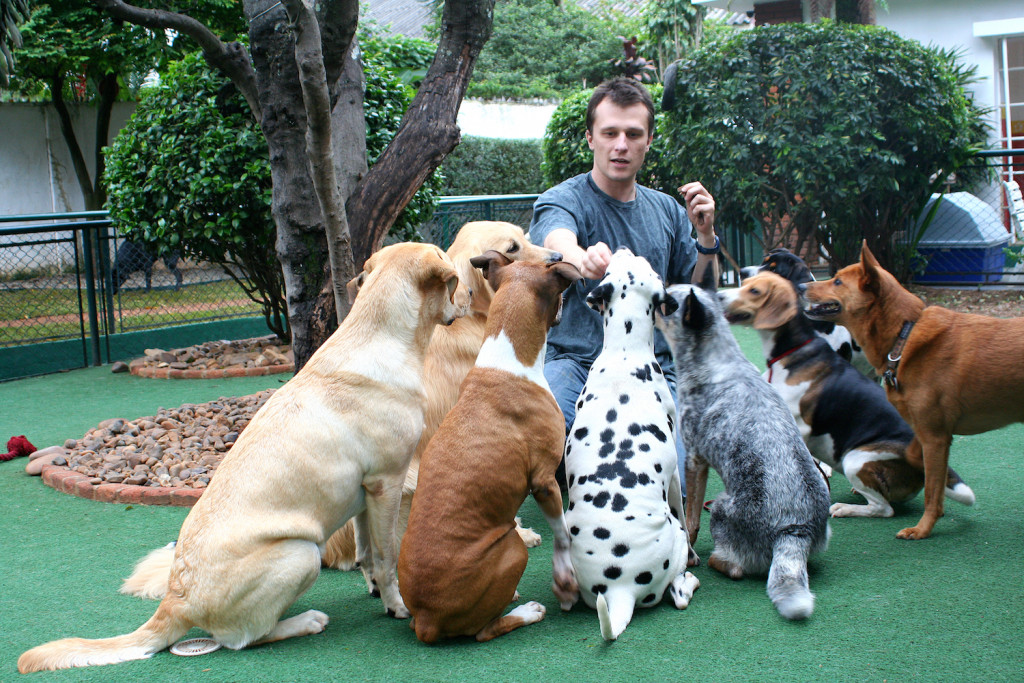
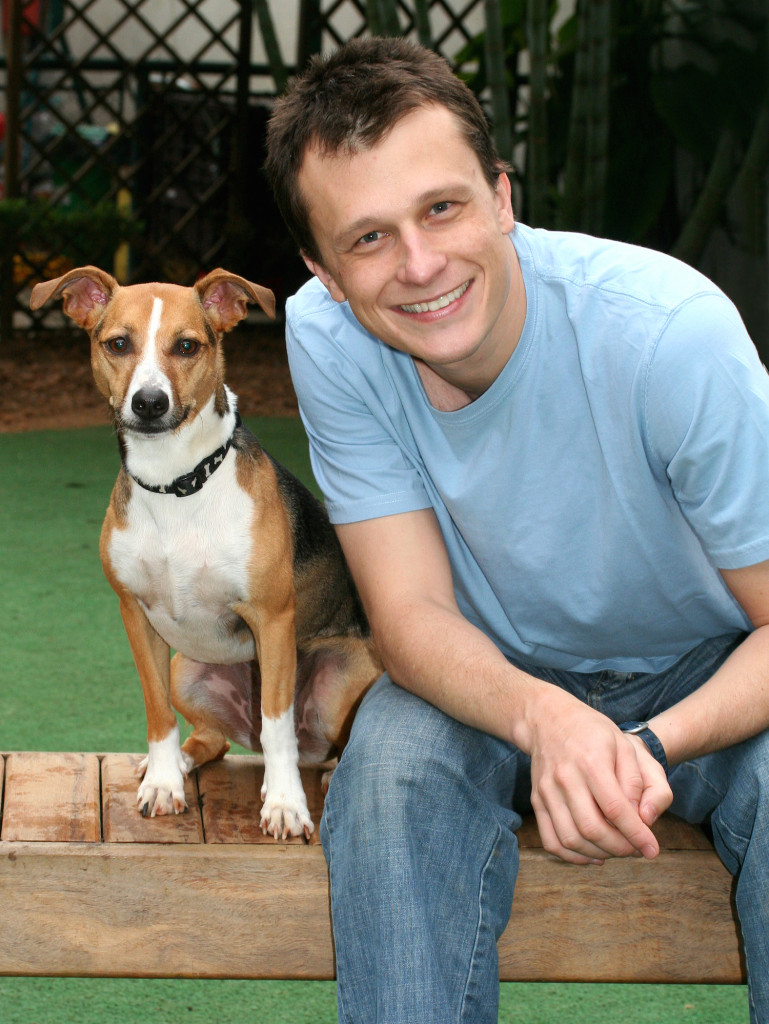
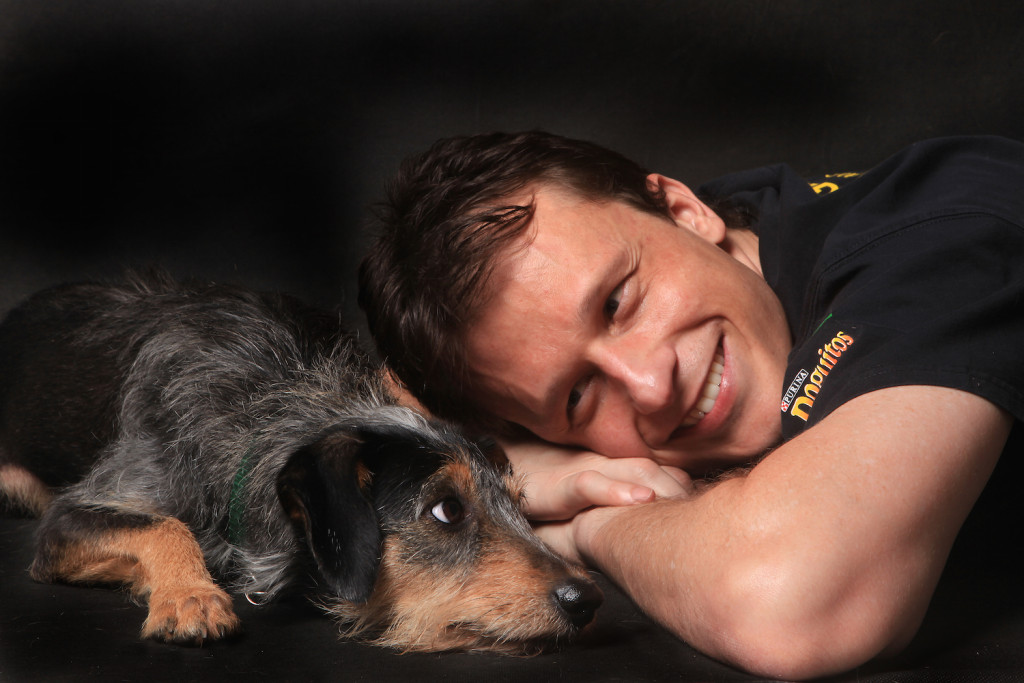
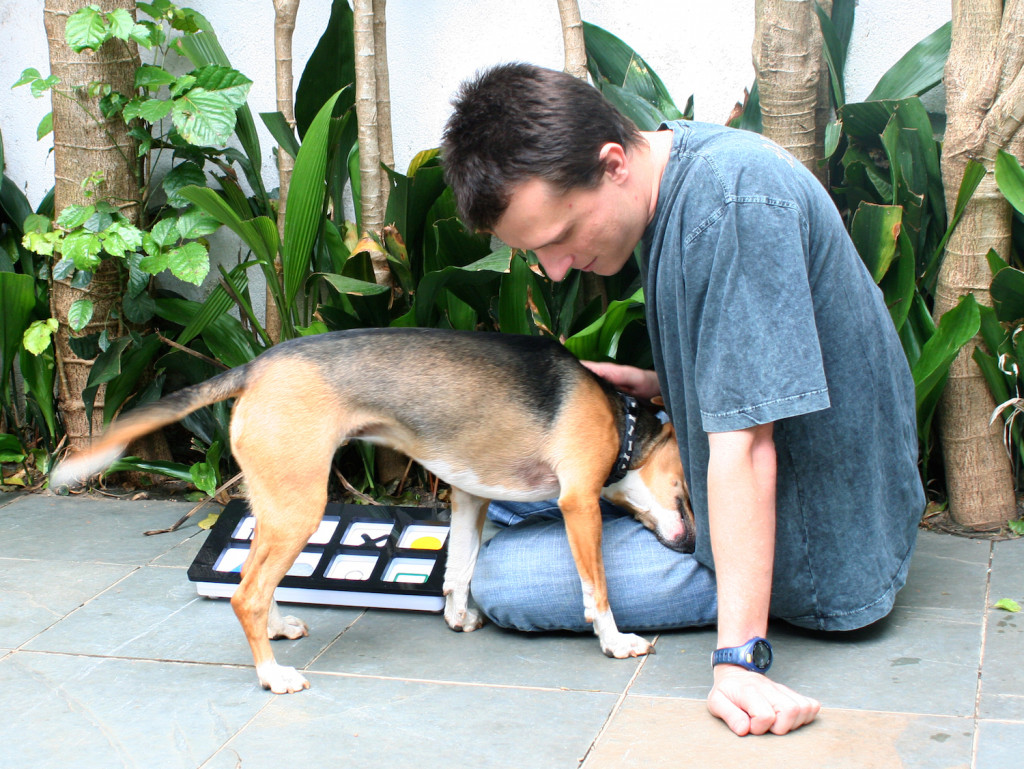

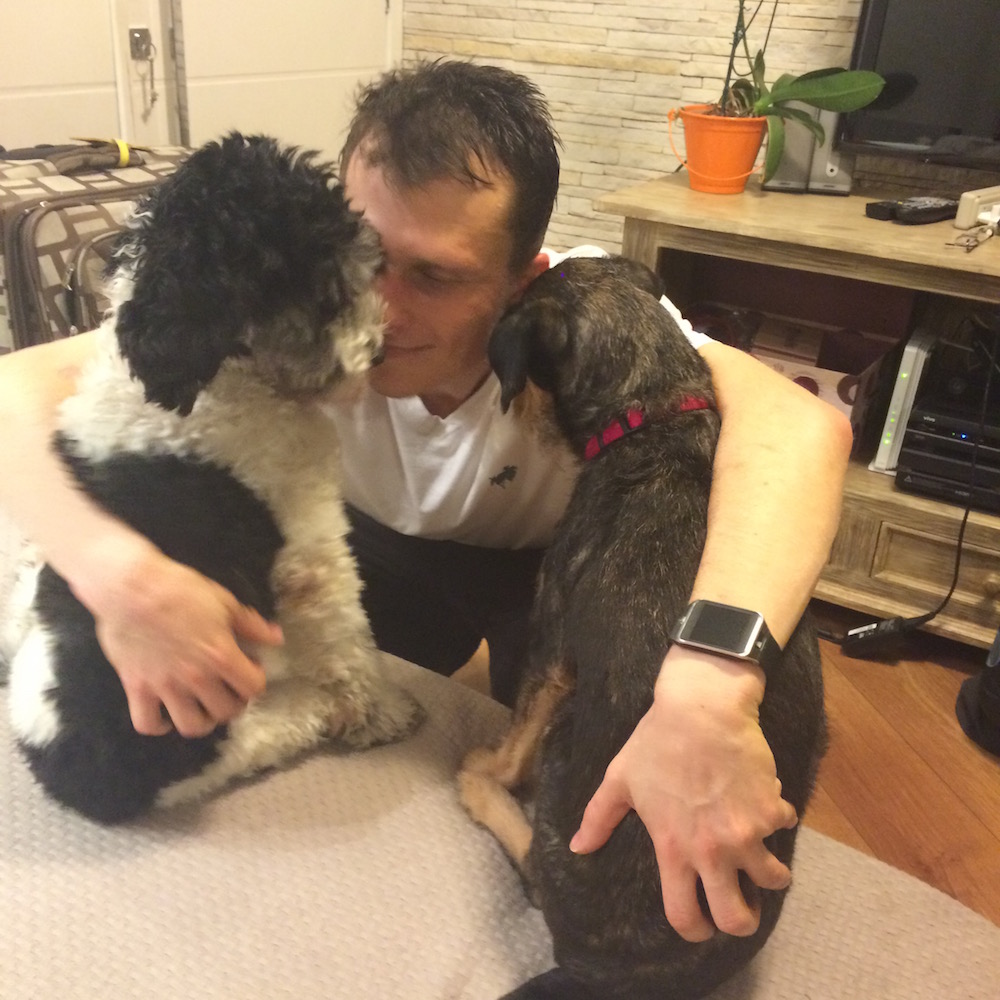
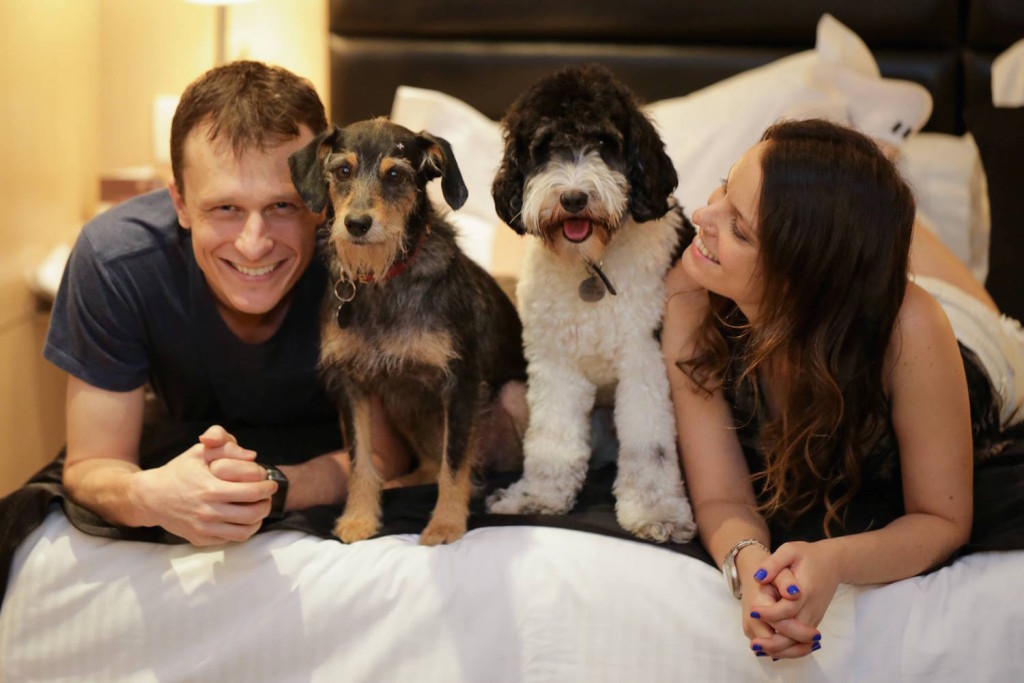


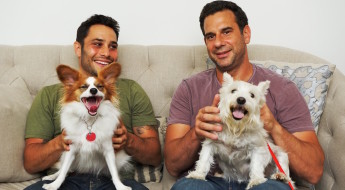
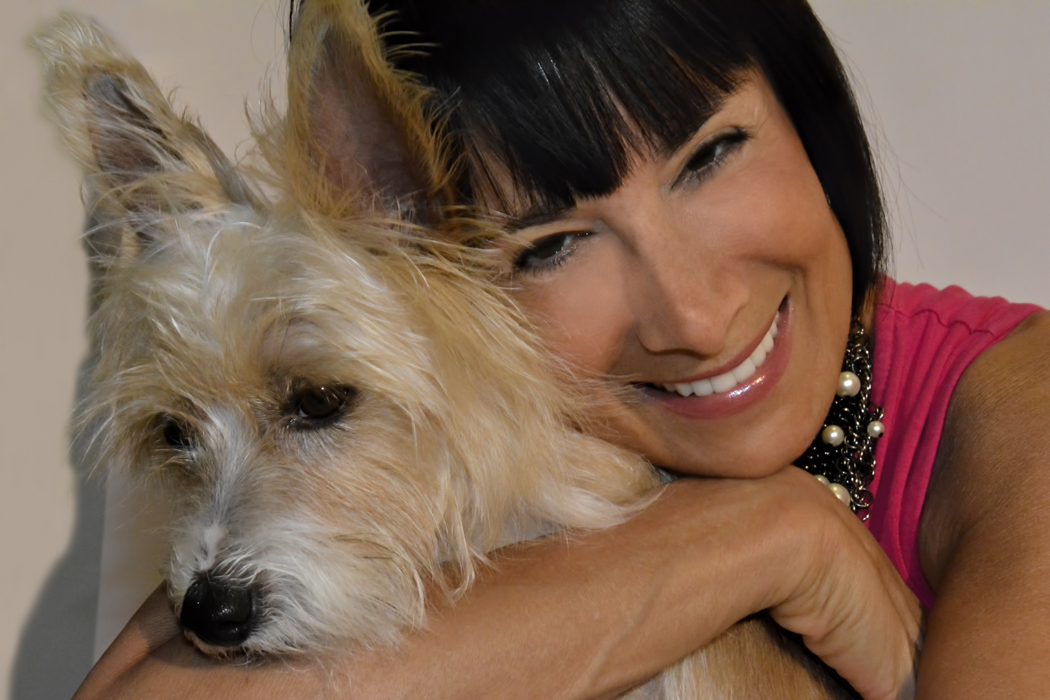


Very impressive! Alexandre is amazing!!!
He certainly is. A great guy and a great friend to animals. Thanks for commenting, Michele. Really happy you enjoyed the story!
Amei a matéria… Tenho 2 cães q amo incondicionalmente e aprendo muito com os posts da Estopinha e do Alexandre. Sinto que cada dia que passa estou melhor como cuidadora destes anjos e que eles ficam bem comigo. Gratidão!!! tudo de bom pra vocês!!!!
Ariel, since I don’t understand Portuguese, I hope this is a happy comment about the story on Alexandre, Estopinha and Sofia! 🙂 Hope you enjoyed!
Such a great interview! I’m from Brazil and Alexandre is really this awesome person that it looks like…And Estopinha well…she’s a little lovely genious too!
LOL, he is such a lovely person and such an animal lover, it was a pleasure to meet him and interview him. I wish I could meet Estopinha. Maybe one day. Thanks so much for commenting, Nathalia!
I’m glad to read this. I’m brazilian and Alexandre Rossi is a proud to us! Words can not explain all the wonderful things that are made through his work and big dedication. I love Rossi’s family! Estopinha, Barthô, Cynthia (Mamis=Mom) and Alexandre (Papis=Dad). All my respect for them! Xoxo
So glad to have you comment on Bark & Swagger, Cal! It’s great to hear someone from someone from Brazil who knows Alexandre, his family and his work. Thank you!
There’s also Barthô’s facebook page: https://www.facebook.com/barthooficial
Thanks for this, Carolina!
Alexander is amazing. And Estopinha a cute Facebook it is funny and entertaining, interaction with your Momi, dady , fans and the Bartho is beautiful.
So glad you enjoyed, Fabi! I think Alexandre is amazing, too! He so loves his dogs; it’s obvious he was meant to work with animals.
Wow, this is extremely impressive. We will have to try using Skype for our dog!
I know! Alexandre is amazing. I think Jasper may be a good candidate for teaching how to do commands on Skype. But it’s the food delivery system he created that’s key. Have to figure that part out. 🙂 Good luck. Let me know how it goes or if you have any ideas re the treats.